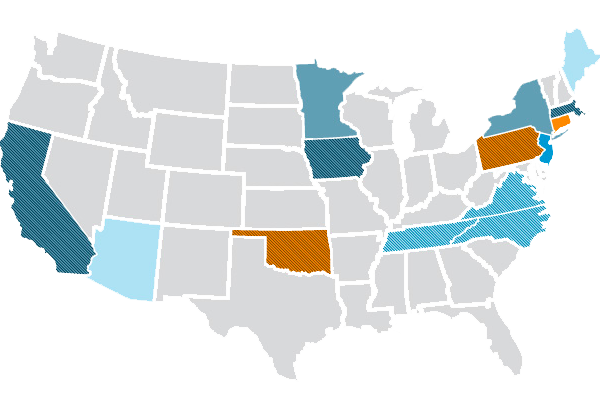Get Enrolled, Get Verified, Get Access, and Get Going!
Subscription Certifications
Cancel Rx
Cancel prescriptions that have been sent to community pharmacies.
E-Prescribing of Controlled Substances
Product has achieved Surescripts EPCS certification and has provided third-party audit documentation as required by the DEA.
Electronic Prescribing for Controlled and non-Controlled substances is being mandated in many states. Your state may be requiring it soon. Get ahead of the curve and enroll today.



